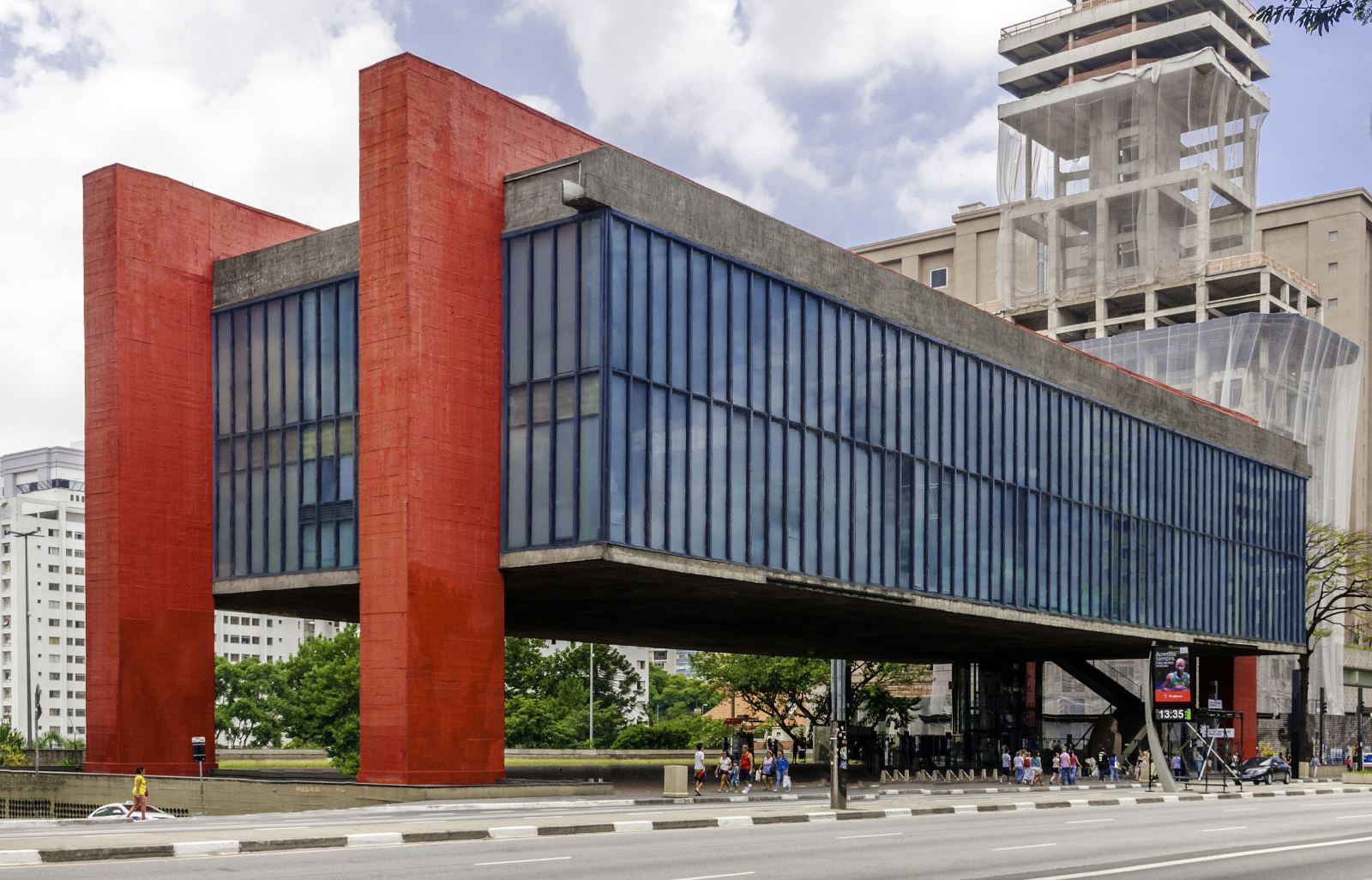Let us be honest and admit that whenever we think of the profession that is “architect”, we immediately think of a male architect. As a matter of fact, learning that the architect of an impressive structure is a female, would sadly more often than not surprise us. Regrettably, I myself, a well-educated woman, will be the first to confess to this shameful misconception; I write this article in a humble attempt to try and make up for this disgraceful error on my part.
For one-century-and-a-half, women have been proving their passion and talent for design and architecture in a male dominated profession. Unfortunately, even in the 21st century, architecture can still be a challenging career path for women, and gender inequality continues to be a concern. In many parts of the world, more women have architectural degrees than men; yet, this has not translated past university into the working world, as women continue to be underrepresented across nearly all levels of practice.
As stated by Allison Arieff in a recent New York Times article: “to get a sense of the state of opportunity for women in architecture, consider that the firm getting the most high-profile architectural commissions in the world right now has just two female principals”. There is no single, or simple, explanation for this; nor is there an easy fix. Even today, assumptions that women would quit to marry, that they would be unable to command authority on job sites, or even that their creativity is not up to par, still persist, resulting in unequal pay, recognition, and access to opportunities.
However, there are female architects who have made a profound impact on architecture as we know it today. Against all odds, fierce female architects have succeeded in etching their names in the history of architecture, most famous of all is the late Zaha Hadid. Yet, let us first recognize just a handful of other female architects who have contributed tremendously to the evolution of architecture.
American architect, Sophia Hayden (1868-1953), was the first female to receive a degree in architecture from the Massachusetts Institute of Technology (MIT). She is known for her beautiful designs, featuring Italian Renaissance detailing, straight-forward massing, and the use of projecting pavilions and skylights. At the age of 21, she won a competition to design and execute the Woman’s Building of the 1893 World’s Columbian Exposition in Chicago. Although construction was not an easy process, the building received an award for “Delicacy of style, artistic taste, geniality, and elegance of the interior”.
An artist and one of the first licensed female architects in the world, American architect Marion Mahony (1871-1961) graduated from MIT. Described by the writer Reyner Banham as the “greatest architectural delineator of her generation”, she contributed as a designer to the development and dissemination of the Prairie School, which revolutionized American architecture. Her pursuit of democratic ideals in architecture and community planning in Australia, especially Canberra and Castlecrag, and the United States, is significant. Throughout her life, she maintained an outspoken position on environmental and planning matters.
Neglected for most of her career, Eileen Gray (1878–1976) is now regarded as one of the most important furniture designers and architects of the early 20th century and the most influential female in those fields. Her work inspired both modernism and Art Deco; she developed an opulent, luxuriant take on the geometric forms and industrially produced materials used by International Style designers. Most notably, she worked with Jean Badovici on the construction of the house known as E-1027 on a steep cliff overlooking the Mediterranean at Roquebrune near Monaco. She later refined many of the ideas developed there; facing the challenge of designing and living in a compact home, she developed space-saving devices such as the foldable S-Chair.

Italian-born Brazilian Modernist architect, industrial designer, historic preservationist, journalist, and activist, Lina Bo Bardi (1914-1992) defied conventional categorization. She designed daring idiosyncratic structures that merged Modernism with populism. In 1950, she started the magazine Habitat, and in 1951 she designed her home, the Glass House, in Sao Paulo; the house is considered one of the paradigmatic works of rationalist art in Brazil. Later, in 1957, she began to construct the new home of the Museum of Art Sao Paulo (MASP), where she suspended the building above a 70-meter-long square. In Salvador, Bo Bardi continued to design emblematic projects, including the restoration of the Solar do Unhão in 1940, the Chame-Chame House in 1964, the Sesc Pompéia in 1977, and the Teatro Oficina in 1984.

African-American architect Norma Sklarek (1928-2012) graduated from Columbia University. While everything seemed to work against her, she sure was a woman of firsts: first African-American woman to be elected fellow of the American Institute of Architecture (AIA) and first to earn a license. She co-founded Sklarek, Siegel, and Diamond; the biggest female only firm in the country. She was well known for her excellent executions and projects construction, completing huge constructions on time and under budget; such as LAX Terminal one, the US Embassy in Tokyo, and the Fox Plaza in San Francisco.
Things have certainly changed for females in all professions, including those traditionally male dominated, and it is thanks to brave females who fought hard against injustice. However, there is still a long way to go, and it is my belief that it is up to us females to make sure we steer the world to a path of equity towards the future. I cannot think of a better conclusion to this article than this quote from Norma Sklarek: “In architecture, I had absolutely no role model. I am happy today to be a role model for others that follow”.
References
arch2o.com
archdaily.com
architectsjournal.co.uk
britannica.com
designmuseum.org
griffinsociety.org
nytimes.com
thoughtco.com